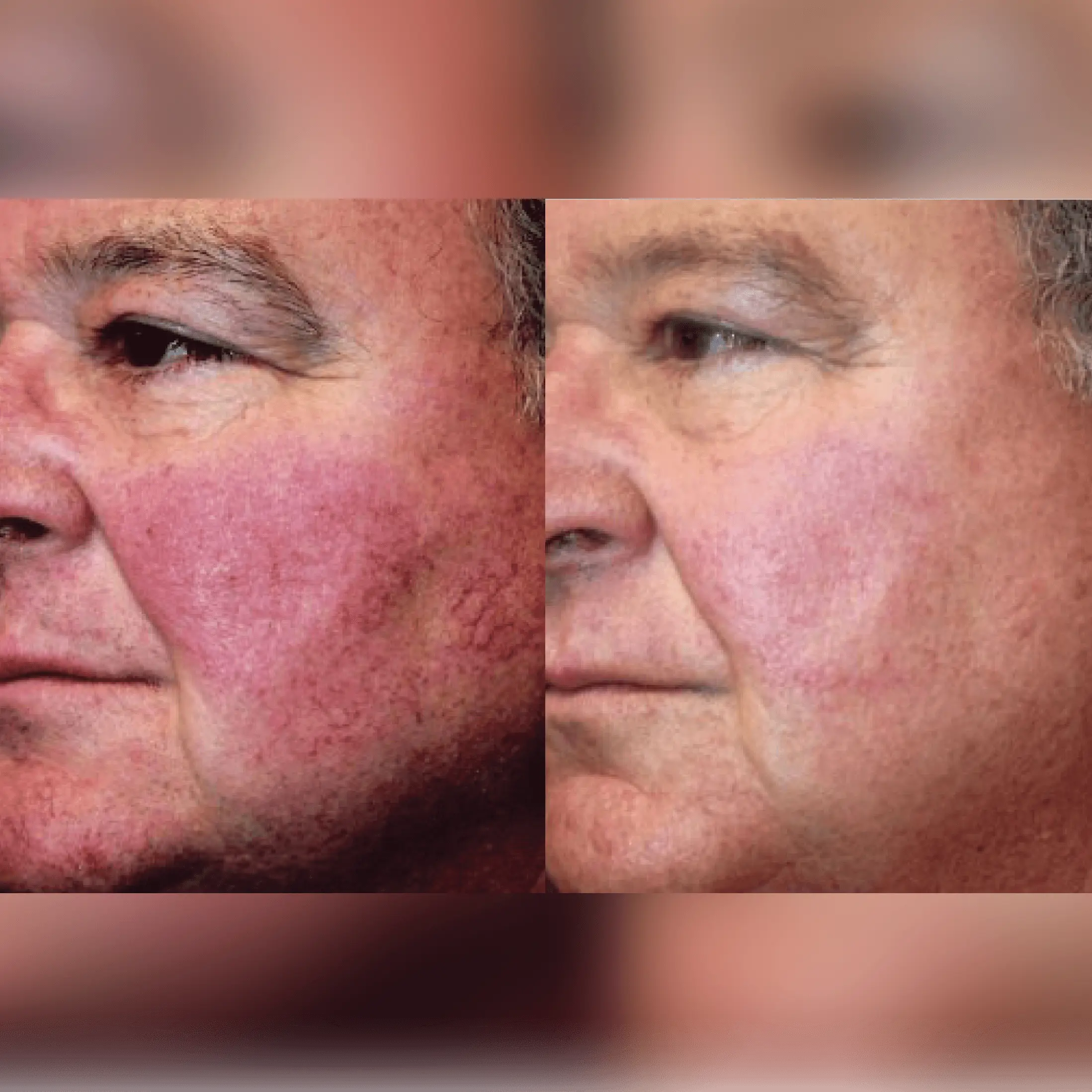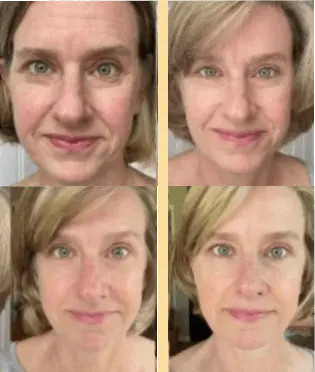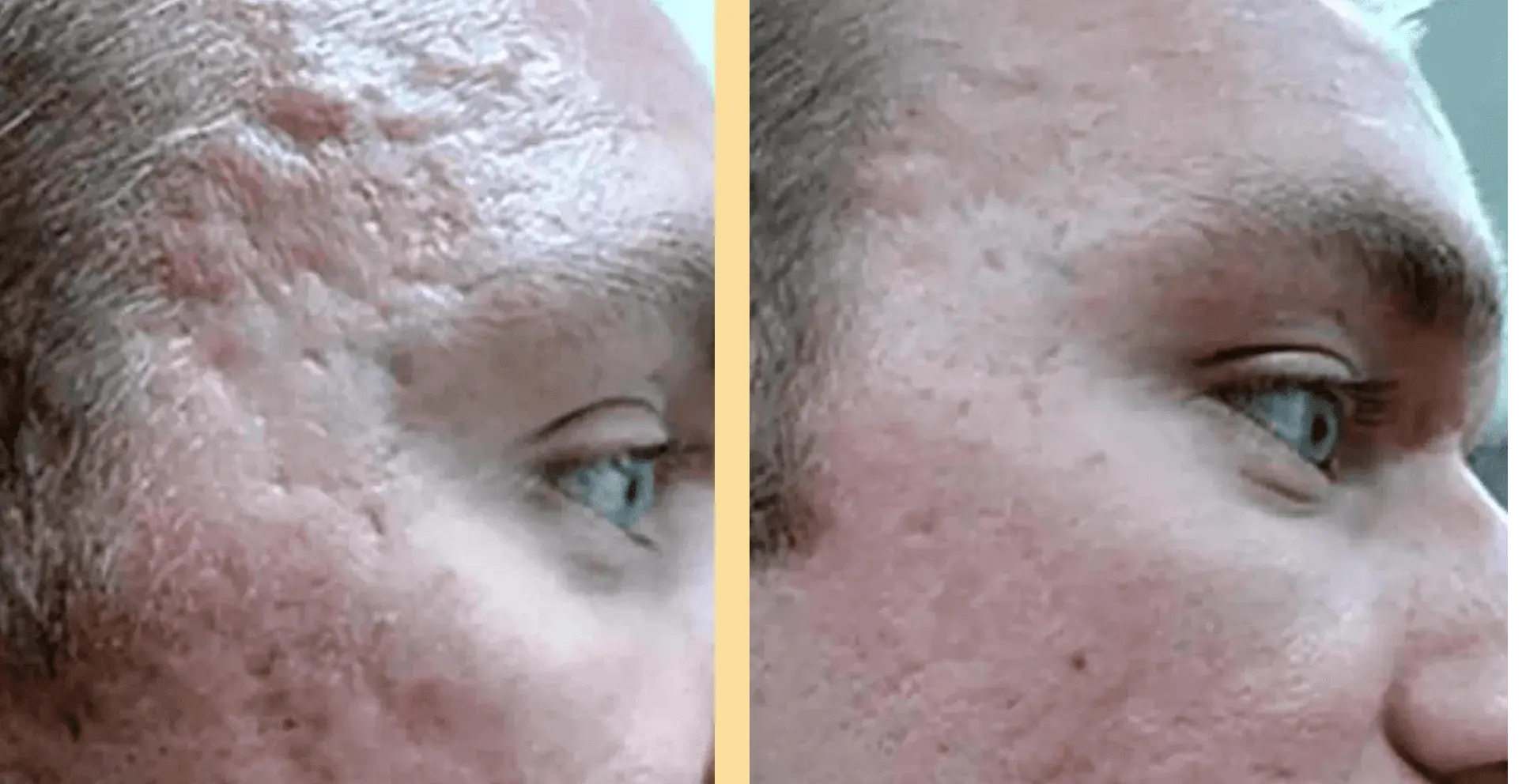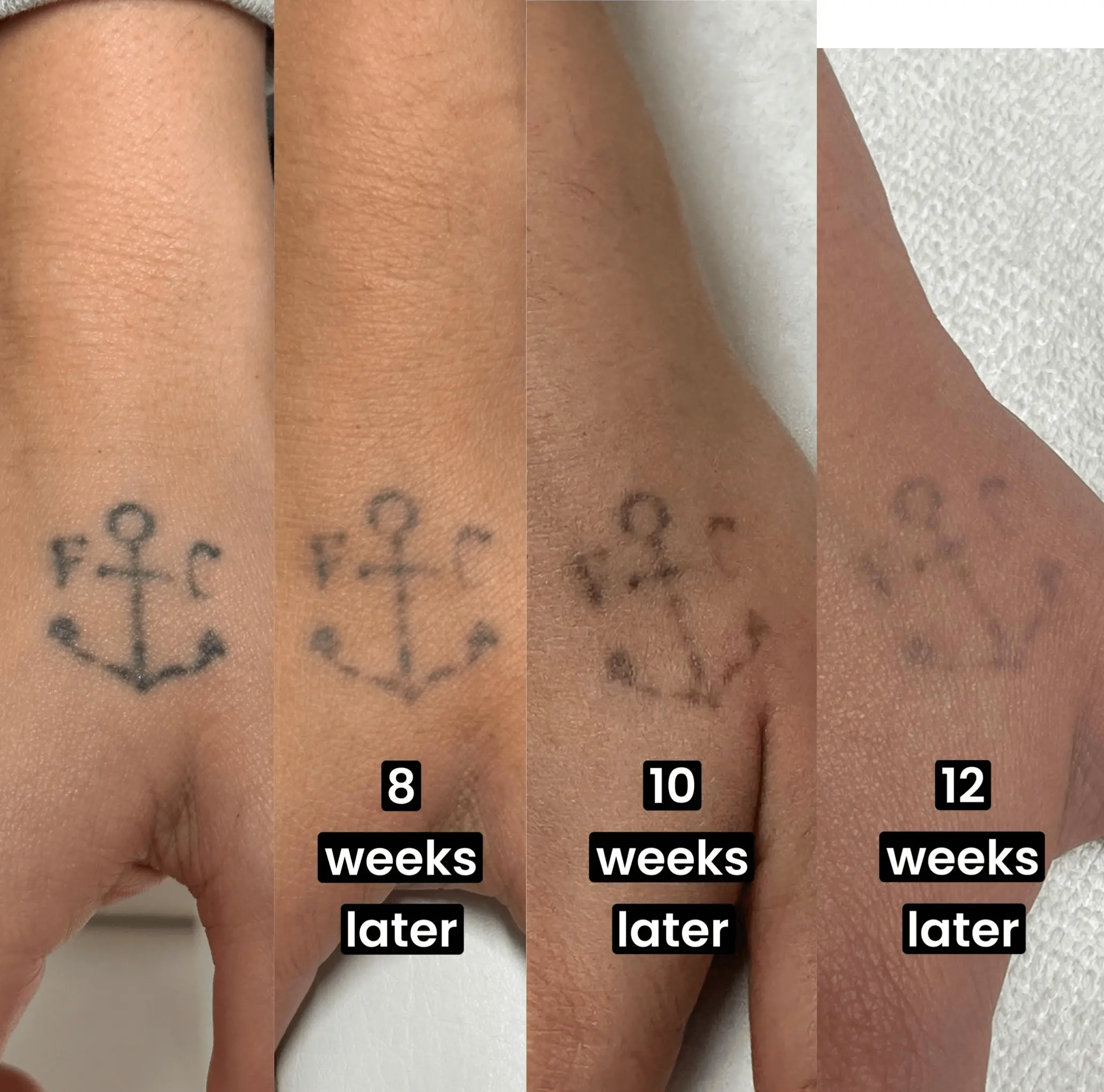How Long Do Skin Rejuvenation Treatments Take to Show Results? A Clinical Look at Timelines & What to Expect
- Emma Gould

- Jun 9
- 4 min read
If you're considering skin rejuvenation treatments—whether it’s laser resurfacing, chemical peels, microneedling, or LED therapy—chances are, you want to know how long it takes to see visible results.
This is one of the most common questions we hear at Rosem Health’s West Bridgford clinic. And rightly so. You’re investing time, money, and trust into a clinical treatment, and you want to know what kind of timeline to expect. Will your skin look better straight away? Will you peel? How many sessions will you need?
In this guide, we’ll walk through:
What happens to your skin after treatment
Typical recovery and results timelines for the most popular rejuvenation treatments
What the clinical evidence says
Realistic expectations for short- and long-term results
How to speed up healing and improve results
What Do Rejuvenation Treatments Actually Do?
First, it’s important to understand what rejuvenation means. Clinical treatments are designed to stimulate collagen production, encourage cellular turnover, and repair skin damage. This process doesn’t happen overnight—your skin needs time to regenerate and rebuild.
Collagen production takes anywhere from 6 to 12 weeks to kick in, depending on the treatment. That’s why results from the most effective interventions (such as microneedling or HIFU) often continue to improve over several months, even after the treatment is complete.
The Science of Skin Turnover and Collagen Production
Your skin’s natural cell turnover cycle averages around 28 to 40 days, but slows with age. Treatments aim to reset and accelerate this process.
Chemical Peels remove the damaged outer layer to speed up turnover.
Microneedling and RF Microneedling create controlled injury to stimulate collagen.
HIFU heats the lower dermis to contract and lift tissue over time.
IPL and LED Light Therapy reduce pigmentation and inflammation and boost healing at the cellular level.
A 2018 study published in Dermatologic Surgery found that skin treated with microneedling showed a 400% increase in collagen and elastin levels four weeks post-treatment, with continued improvement at 12 weeks【1】
Treatment-by-Treatment Timelines: What to Expect:
1. Laser Resurfacing (CO2 or Fractional Laser)
Initial results: 7–14 days
Ongoing improvement: Up to 6 months
Sessions needed: 1–3
Laser treatments cause micro-damage to resurface skin and trigger collagen. Redness and peeling are common, but results can be dramatic for texture, scars, and wrinkles.
2. Microneedling / RF Microneedling
Initial results: 5–7 days (glow and texture)
Ongoing improvement: 4–12 weeks (collagen tightening, wrinkle reduction)
Sessions needed: 3–6, spaced 4–6 weeks apart
Microneedling is great for fine lines, scars, and elasticity, especially when combined with radiofrequency or skin boosters.
3. Chemical Peels (Glo Skin Peels, Levels 3–5)
Initial results: 2–5 days (brighter, smoother skin)
Ongoing improvement: 3–6 weeks
Sessions needed: 3–6, spaced 2–4 weeks apart
Lactic acid, glycolic acid, and enzyme peels refine skin tone, treat breakouts, and reduce pigmentation.
4. IPL (Intense Pulsed Light)
Initial results: 7–10 days (pigmentation lifts, redness fades)
Ongoing improvement: 4–8 weeks
Sessions needed: 3–6
IPL breaks up sun spots, redness, and small veins. Brown spots will often darken before flaking away.
5. LED Light Therapy
Initial results: 1–3 days (brighter skin, less inflammation)
Ongoing improvement: 4–6 weeks
Sessions needed: 6–10
LED is cumulative. Red light boosts collagen, blue light treats acne, and near-infrared aids healing.
6. HIFU (High-Intensity Focused Ultrasound)
Initial results: 4–6 weeks
Peak improvement: 12–16 weeks
Sessions needed: Usually 1, repeat annually
HIFU lifts and tightens by heating deep tissue—no downtime, but requires patience.
Clinical Evidence: What the Research Shows
A 2019 study in Lasers in Surgery and Medicine found that a single HIFU session led to significant tightening and lifting at 12 weeks with continued improvement at 6 months【2】.
A 2017 clinical trial published in the Journal of Clinical and Aesthetic Dermatology showed that RF microneedling provided statistically significant improvement in skin laxity and wrinkle depth after 3 sessions【3】.
IPL studies consistently show a 50–75% improvement in sun damage and redness after 3–5 sessions【4】.
What Can Affect Your Results Timeline?
Age – Skin regenerates more slowly with age.
Lifestyle – Smoking, poor diet, dehydration and stress can hinder healing.
Consistency – Sticking to the recommended treatment plan is crucial.
Aftercare – Protecting your skin post-treatment speeds up healing and reduces risk of complications.
Sun exposure – Unprotected sun exposure can undo your results and cause hyperpigmentation.
How to Maximise Your Results
✔ Use high-SPF sunscreen daily (yes, even in winter)
✔ Follow post-treatment instructions from your practitioner
✔ Stay hydrated and eat collagen-supporting foods (e.g. berries, leafy greens)
✔ Avoid harsh skincare products while healing
✔ Use recommended products that support barrier repair and collagen production
Final Thoughts
Yes, skin rejuvenation treatments work very well—but they work best over time. These aren’t quick fixes; they’re clinical interventions designed to stimulate deep changes in your skin structure, not just on the surface.
At Rosem Health, all of our rejuvenation treatments at the West Bridgford clinic are delivered by experienced professionals using medical-grade technology—and we’ll talk you through exactly what to expect for your skin.
Whether you want to reduce wrinkles, smooth pigmentation, or tackle texture and tone, we’ll help you build a treatment plan that works with your goals, budget, and timeline.
Book a Consultation
Ready to take the next step? Book an in-clinic consultation with us at Rosem Health in West Bridgford to find out which treatments are right for your skin. Visit rosem.co.uk or email info@rosem.co.uk to schedule today.
References
Aust, M. C., et al. (2008). Percutaneous collagen induction therapy: an alternative treatment for scars, wrinkles, and skin laxity. Plastic and Reconstructive Surgery, 121(4), 1421–1429.
Suh, D. H., et al. (2019). Intense focused ultrasound tightening in the treatment of laxity of the lower face and neck: a multicenter evaluation. Lasers in Surgery and Medicine, 51(9), 729–736.
Cho, S. I., et al. (2017). Evaluation of the efficacy and safety of a radiofrequency microneedle device for treatment of acne scars. JCAD, 10(12), 14–17.
Sadick, N. S. (2008). Update on intense pulsed light therapy. Dermatologic Clinics, 25(2), 127–132.































Comments